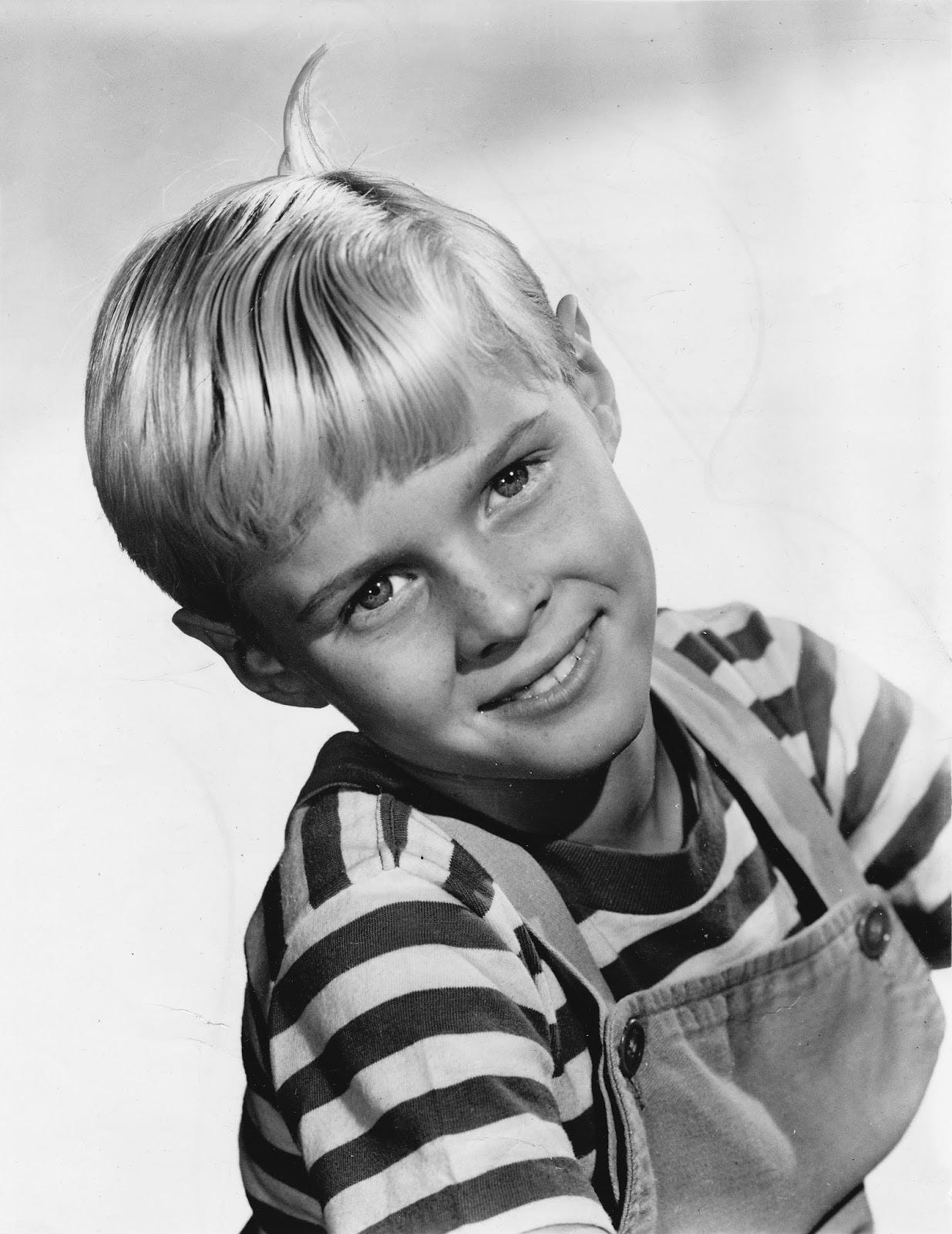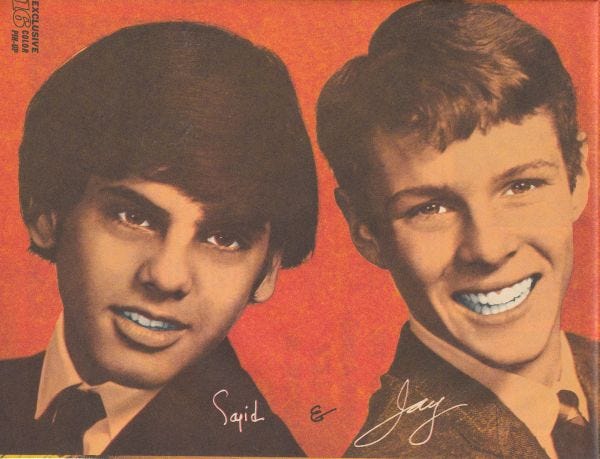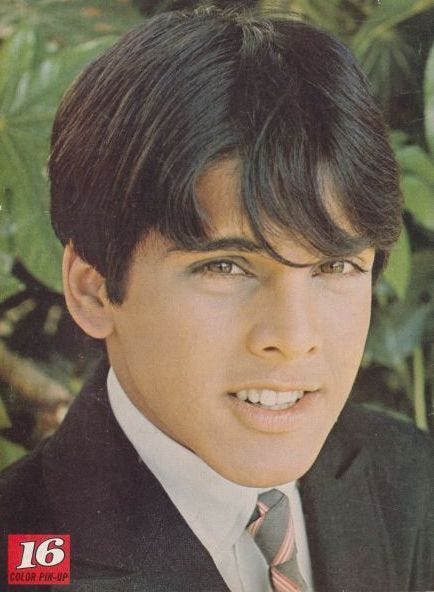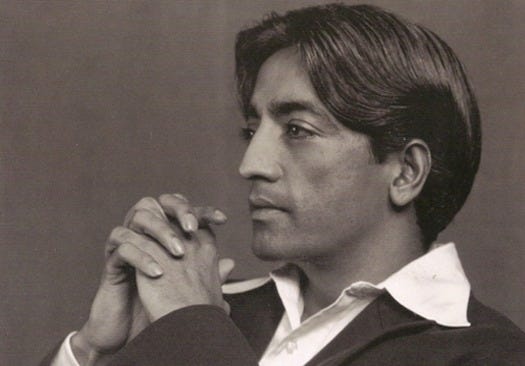As a child, my role model was Dennis the Menace. Primarily due to his rebellious nature and the cowlick on the top of his blonde head. I wasn’t blonde, but I did have the cowlick, assorted striped t-shirts, and blue jeans. The other famous item that Dennis owned was a slingshot, which was also part of my uniform when I was around six years old. I remember keeping the slingshot in the back pocket was crucial. I never actually used it, but it was an essential fashion accessory for me at the time. As an only child, I often played with only my imagination as my guide. Without a doubt, the first character that I took on was Dennis. It was the first time that I didn’t depend on my true identity but adopted another identity. The truth is I was a well-behaved child, but with the essence of Dennis, I can act out my aggressions against the world with just my clothing and sling-shot placed in the rear pocket.
As I got older, I became aware of the TV series “Dennis The Menace” starring Jay North. The casting was perfect, and he was believable as Dennis, but still, I was more attracted to the comic strip than anything else. The 3D image of Dennis was hard for me to take, and I could only really accept the Dennis that was drawn on a page in a dirty ink-streaked newspaper. Also, I started obtaining mass-market paperback editions of the Dennis cartoons. So over a short period, I came into possession of a “Dennis” collection. When we lived as a family in San Francisco, we used to go to the North Beach district to eat and go to City Lights Bookstore. At one of the coffee shops nearby Chinatown, I approached a pair of police officers having coffee at their table. My parents were at the following table, but they let me go to them. The police officer patted my head and asked what I wanted to be growing up. Noticing that both of them had guns, I told them I wished to be an assassin. At that point, I think my parents pretended that they didn’t know or own me. Nevertheless, I was taken into a role of my imagination where the character Dennis was a killer, but he killed with his slingshot. Now bear in mind I was aware that this was role-playing, but still, perhaps not the wisest thing in the world to approach two tired cops on a coffee break.
Although I am not a fan of the TV series, I followed Jay North as he went on to another series called “Maya.” The TV show was about a boy who wandered around India with a Hindu boy played by Sajid Khan and their elephant and her baby calf, a sacred white elephant. The white elephant's narrative in Hinduism is that it belongs to the god Indra. King Bimbisara had one white elephant and gave it to his son Vihallakumara which caused jealousy for his other son Ajatasatru. Eventually, it gave rise to two of the most horrible wars in history k“Mahasilakantaka & Ratha-musala. As far as I know, this has nothing to do with the show “Maya.” But on the other hand, North and his co-star Khan became teen idols, and as I was a regular purchaser of magazines like “Tiger Beat” and “16,” I pretty much followed the party line and became fans of both actors as well as their show. But at this time, I had to give up the slingshot, but I still kept the haircut and the striped shirt.
“Maya” was my initial introduction to India. I had never visited India, and I knew of India through various Kipling tales and Sambo’s diner, in which the restaurant’s mascot was taken from a South Indian literary figure. So it is safe to say I knew nothing of India. My basic introduction to an Indian from India was going to the Santa Monica civic to hear Jiddu Krishnamurti speak. There was no fee or charge to go to the civic, which struck me odd because I have gone there numerous times for rock n’ roll shows, which one had to pay to get in. But here, it was free, and I’m not sure why I went with my dad to see Krishnamurti. For me, it was probably to kill time, but what was interesting to me was his personality. A woman from the audience came up to the stage and sat in front of Krishnamurti’s foot. Krishnamurti was very straightforward, saying that he didn’t like her to be seated in front of him in such a fashion. Many years later, I read about him, and even though I had never read any of his books, I was impressed that as a youngster, he was chosen by the Theosophical Society to lead or become a “World Teacher.” Eventually, Krishnamurti denounced that specific role because he claimed allegiance to no nationality, caste, religion, or philosophy. He also disbanded the organization that chose him as a leader of sorts.
For me, there was something wise about Dennis the Menace, and I think he may have a soul-brother in Krishnamurti. The ability to act out as a child when I was a little boy brought me closer to who I am. Krishnamurti, I believe, was told to act out a specific role that would please those around him, but he said “Nah” and stayed focused on his inner talents. He didn’t want to delude his message or question the world in front of him. There is purity in both characters. Yet, overall, it is a journey from one destination to another. As the English poet Rupert Brooke once wrote: “, Well this side of Paradise!… There’s little comfort in the wise.”







NOT a fan of the series. Jay North's Dennis ultimately had his heart in the right place, unlike the Dennis of the original Hank Ketcham comic strip, who I recall as more of an anarchist. Like me. I did love my parents, and in order to avoid causing them undue distress, I lied a lot. My disobedience was surreptitious and my defiance passive aggressive. They really never knew what I got up to.